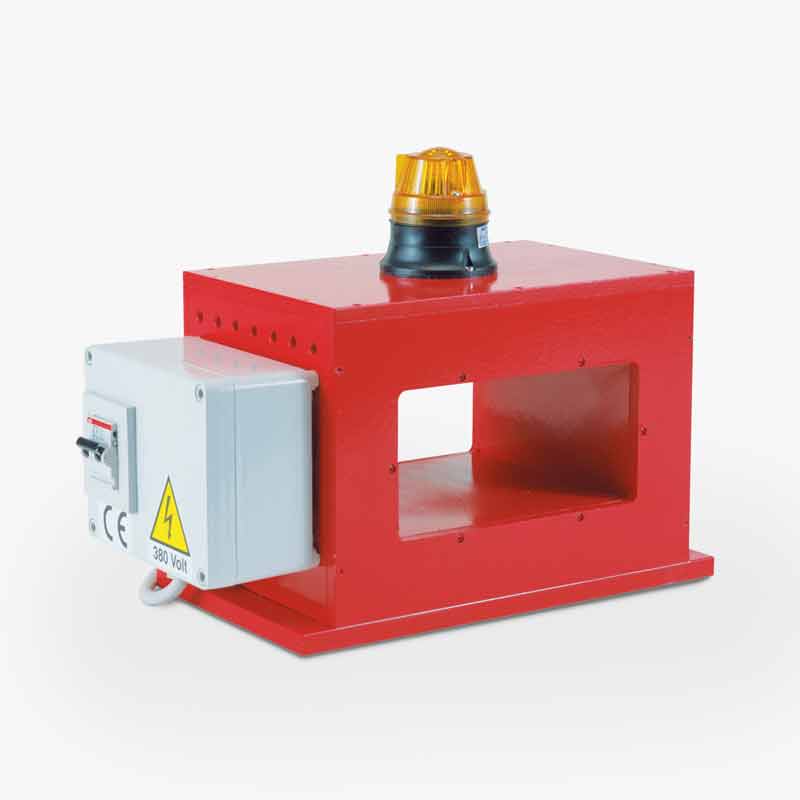Recent Post

Magnets in Restaurant Kitchens

Global supply challenges and HYAB’s role

Electromagnets – a more controllable magnet

Magnetic filtration in the process industry

Sheet metal handling – Easier with magnets
How to demagnetize ferromagnetic materials
Published: 2023-04-04 09:43:39 • Daniel Gårdefelt
Magnets are important in a variety of industries and applications, but they can sometimes cause problems by causing unwanted magnetism in objects. Demagnetization is the removal of unwanted magnetism from a material. Depending on the type of material and the degree of magnetism, demagnetization can be accomplished in a variety of ways. Below you can read some of the most common demagnetization techniques.
By temperature
One of the most common ways to demagnetize ferromagnetic materials is to subject them to high heat, so-called heat treatment. This means that the substance is heated to a high temperature and then gradually cooled down. The heat helps to randomize the magnetic domains in the material, doing this reduces or magnetization. This technique is particularly useful for demagnetizing steel, although it can also be applied to other ferromagnetic materials.
AC Demagnetization
Another common approach to degaussing materials is alternating current (AC) degaussing. This method involves running an alternating current through the material, which generates an alternating magnetic field that nullifies the substance's inherent magnetism. The strength of the alternating current and the frequency of the alternating magnetic field are determined by the type of material and its magnetic strength.
DC demagnetization
DC (direct current) demagnetization is similar to AC (alternating current) demagnetization, but instead of an AC current, a DC current passes through the material. This technique is usually less efficient than AC degaussing, although it is beneficial for degaussing smaller, less strongly magnetized objects.
Vibratory demagnetization
The process of vibrational demagnetization involves subjecting the material to high frequency vibrations while being exposed to an alternating magnetic field. The vibrations contribute to the randomization of the magnetic domains in the material, which reduces its magnetism. This technique is very useful for demagnetizing small, complex objects.
Shock-induced demagnetization
Shock demagnetization is a process where the material is subjected to a sudden, intense shock or impact. The shock contributes to the randomization of magnetic domains in the material, reducing its magnetism. This approach is particularly effective for degaussing thin, small objects.
Field demagnetization
The method of field demagnetization means that the material is exposed to a strong, opposite magnetic field. The opposing magnetic field removes the material's existing magnetism, reducing or eliminating it. This approach is very useful for degaussing small, highly magnetic objects.
There are different methods to demagnetize a substance. The method used depends on the type of material and the magnetic force. Effective ways to demagnetize unwanted magnetism include heat treatment, AC demagnetization, DC demagnetization, vibration demagnetization, shock demagnetization, and field demagnetization.
Hyab sells degaussing equipment such as tunnels, benches and handhelds. See our products here. Contact us if you have any questions about degaussing.


